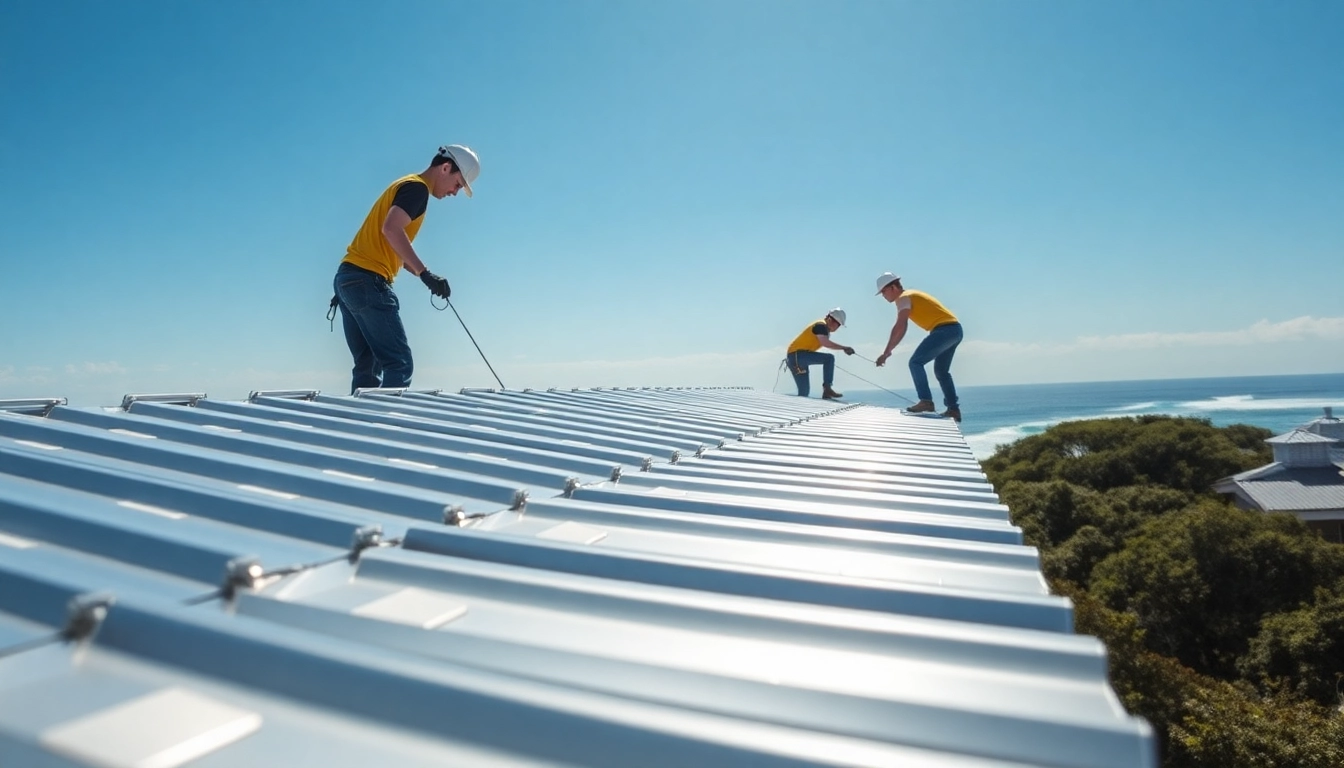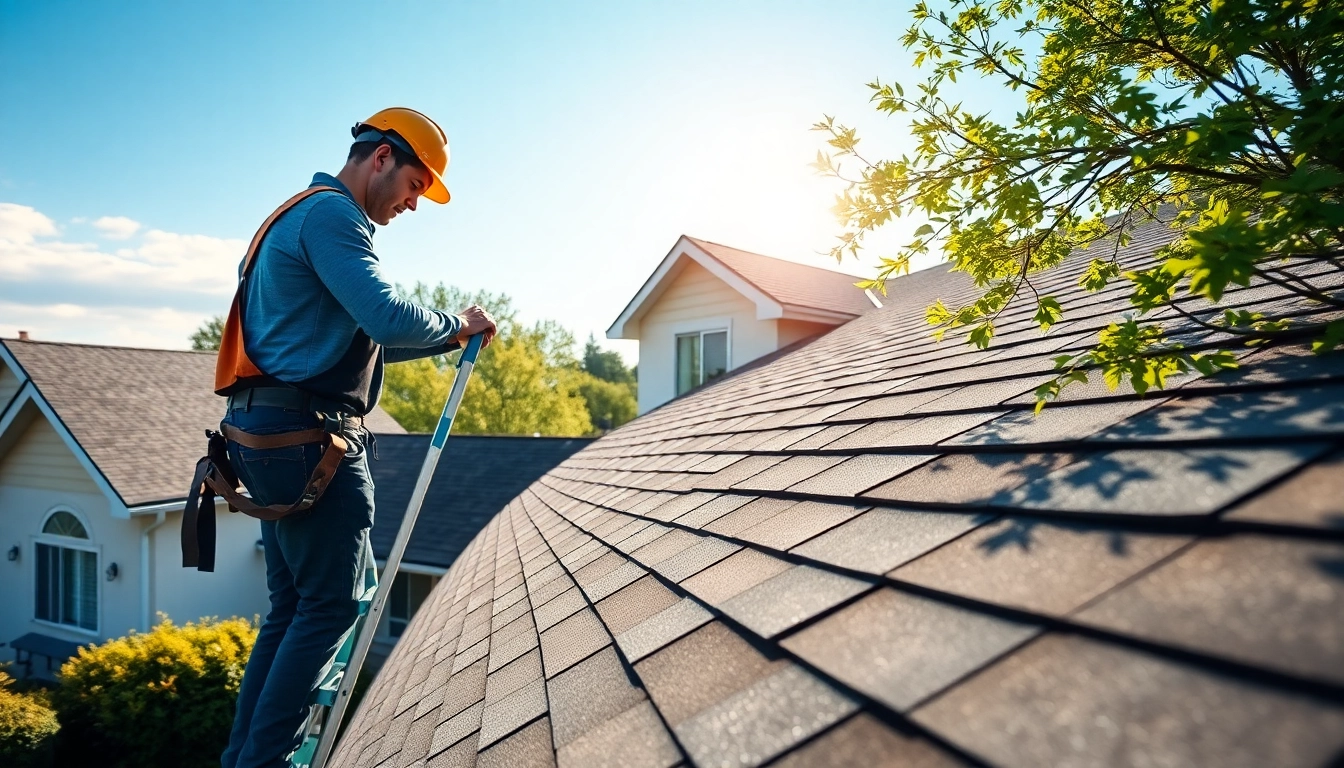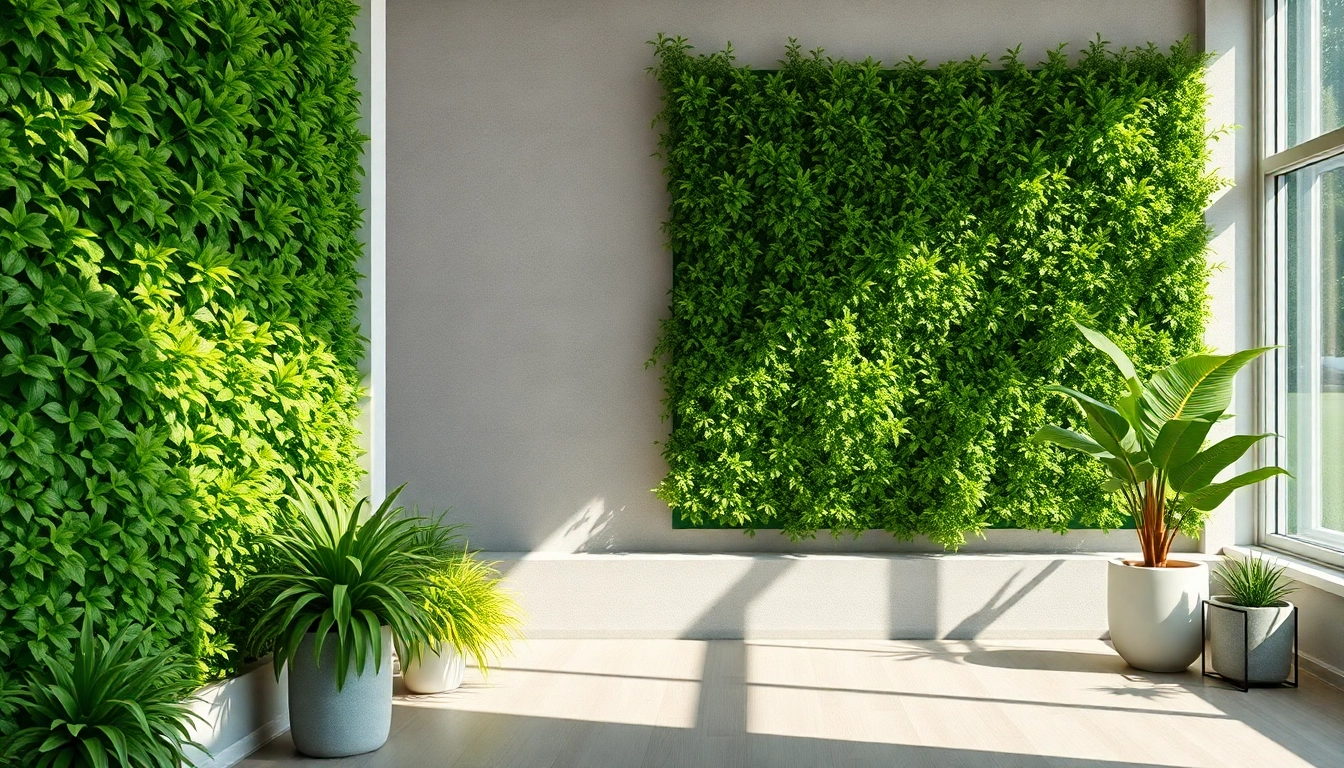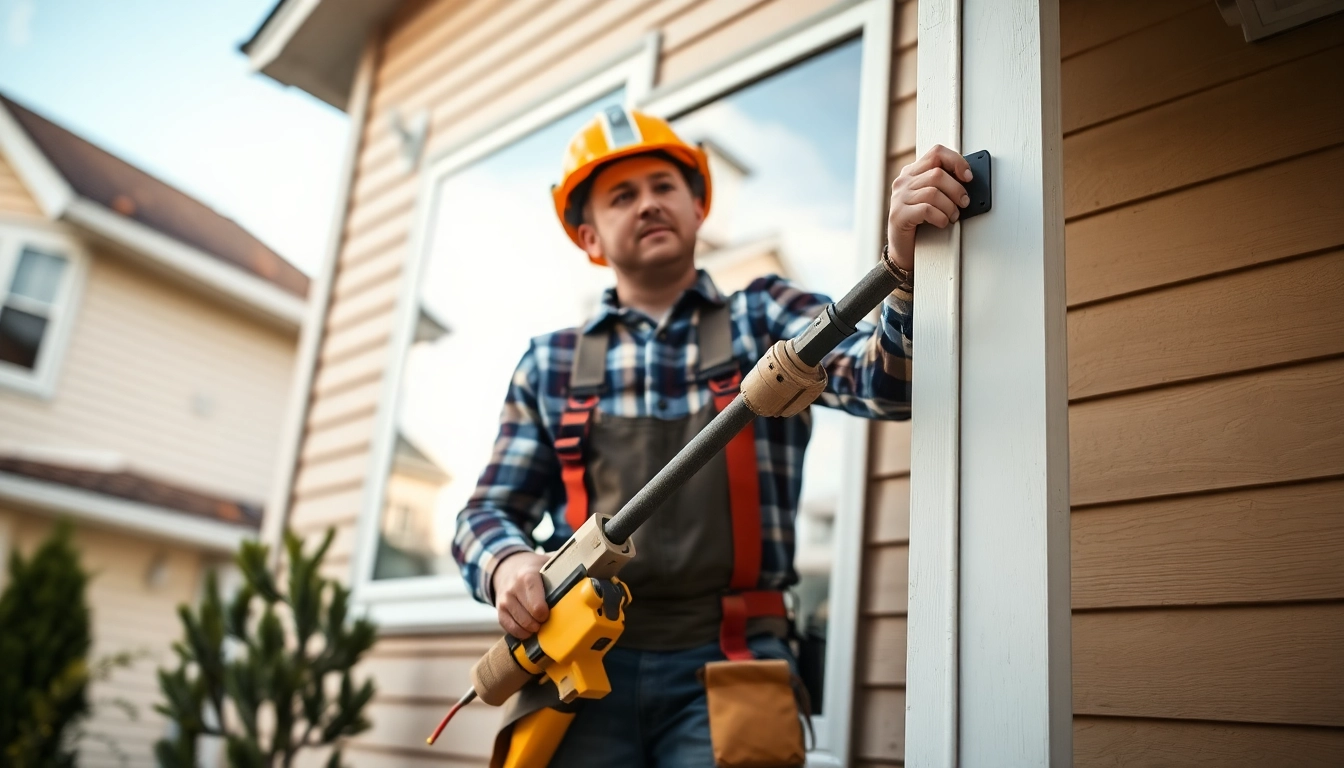Introduction to Coastal Metal Roofing
As the trend for sustainable and durable building materials continues to rise, coastal metal roofing emerges as a top choice for homeowners and builders in coastal regions. With specifications that cater specifically to the unique challenges presented in environments marine, metal roofs offer a practical and aesthetic solution. This article dives deep into understanding coastal metal roofing, its benefits, longevity, energy efficiency, styling options, and common queries that arise from homeowners and contractors alike.
What is Coastal Metal Roofing?
Coastal metal roofing refers to roofing systems designed explicitly for homes and buildings situated in coastal regions. These roofs are typically composed of steel or aluminum, coated with special finishes that enhance their ability to withstand harsh marine environments. By utilizing non-corrosive materials and innovative design, coastal metal roofs are engineered to resist high winds, humidity, and salinity, providing a reliable roofing option for seaside properties.
Key Features of Coastal Metal Roofs
- Corrosion Resistance: Using materials treated against rust and degradation.
- Wind Resistance: Engineered to withstand high winds typical in coastal areas.
- Energy Efficiency: Reflects solar energy, helping reduce cooling costs.
- Longevity: Built to last, often with warranties extending to several decades.
- Variety of Styles: Available in multiple colors and designs to match coastal aesthetics.
Benefits of Choosing Metal Roofing in Coastal Areas
Choosing coastal metal roofing offers several benefits, including enhanced durability, energy efficiency, and aesthetic value. Homeowners are increasingly recognizing that metal roofs not only protect their investment but can also add significant resale value to their properties. Here are a few noteworthy advantages:
- Sustainability: Many metal roofing options are made from recycled materials and are fully recyclable at the end of their life cycle, making them an eco-friendly choice.
- Low Maintenance: Unlike traditional roofing types that may require frequent repairs or replacements because of weather damage, coastal metal roofs demand minimal upkeep.
- Insurance Benefits: The durability of metal roofs can often lead to lower insurance premiums, reflecting their reduced risk of damage from weather-related events.
Durability and Longevity of Coastal Metal Roofing
How Metal Roofs Stand Against Harsh Coastal Conditions
Coastal environments are infamous for their rigorous weather conditions including high winds, rain, and exposure to salt-laden air. Coastal metal roofing systems are meticulously designed to withstand these challenges. Their resistance to corrosion is particularly vital; traditional materials like wood or asphalt tend to deteriorate rapidly when exposed to moisture and salt.
Additionally, metal roofs feature interlocking panels and fasteners that resist lifting during storms, an essential quality due to the strong gusts often found in these regions. The integration of protective coatings further extends the roof’s lifespan, ensuring it withstands the test of time and nature.
Comparing Lifespan with Other Roofing Materials
While traditional roofing materials such as asphalt shingles last an average of 15-30 years, coastal metal roofing can typically last 50 years or more with the proper maintenance. Moreover, metal roofs are less susceptible to common issues such as decay, warping, or leaks compared to other materials. When making the long-term investment in a coastal home, selecting a roof with an extended lifespan not only guarantees protection but also minimizes future expenses related to roof replacements.
Maintenance Tips for Coastal Metal Roofing
While coastal metal roofs require significantly less maintenance than traditional roofing options, routine checks can further enhance their longevity. Here are some key maintenance tips:
- Regular Inspections: Schedule bi-annual inspections to catch and address any potential issues, such as loose panels or rust spots.
- Clean Gutters and Drains: Ensure that gutters and drains are clear of debris to prevent water accumulation.
- Touch Up Paint: If any scratches or chips occur in the roof’s coating, repair these to prevent moisture entry and corrosion.
- Check Fasteners: Periodically ensure that fasteners are secure and free from rust.
Energy Efficiency and Cost Savings
How Coastal Metal Roofing Can Reduce Energy Bills
One of the standout features of coastal metal roofing is its energy efficiency. These roofs often incorporate reflective paint or coatings that significantly reflects solar heat, thus reducing the temperature of the roof surface. As a result, buildings experience lower internal temperatures, which can lead to substantial savings on air conditioning costs, particularly during sweltering summer months. The energy savings not only benefit the homeowner but also contribute to a decrease in overall energy consumption.
Understanding Initial Costs vs. Long-term Savings
While the initial cost of metal roofing can be higher than traditional options (with price differences ranging from 10% to 20%), the long-term savings often outweigh this initial investment. Homeowners will typically see a reduction in maintenance costs, extended roof life, and lower energy bills that provide a return on investment over time. A study showed that homes with metal roofs can save between 20% to 30% on heating and cooling bills.
Government Incentives for Eco-Friendly Roofing Options
In various regions, governments promote eco-friendly building practices through incentives such as tax credits or rebates for energy-efficient roofing systems. Many coastal metal roofing products qualify for these programs, making them an even more attractive option. Homeowners should check local regulations and incentives, which can help offset the upfront costs and solidify the benefits of switching to metal roofing.
Choosing the Right Style and Color for Your Coastal Home
Popular Color Trends in Coastal Metal Roofing
Color choices for coastal metal roofing can significantly affect both aesthetic appeal and energy efficiency. Light colors, in particular, help reflect sunlight and keep homes cooler, whereas darker colors may absorb more heat. Popular color trends among coastal homeowners include soft blues, greens, and earthy tones that complement natural surroundings. However, homeowners should also consider their neighborhood’s aesthetic to ensure that their roof aligns with community standards.
Customizing Metal Roofs for Aesthetic Appeal
Customizing your coastal metal roof goes beyond merely choosing color; it involves selecting styles that can enhance the overall architecture of the property. Whether opting for standing seam, corrugated panels, or shingles, metal roofs offer versatility. Homeowners can choose from various profiles and textures to mimic traditional roofing materials while benefiting from all the advantages of metal.
In addition, accent features such as roof overhangs, dormers, and gutters can be designed to match, allowing for a cohesive look throughout the home.
Real-World Examples of Coastal Metal Roofing Designs
Numerous coastal properties showcase the versatility and visual appeal of metal roofing. For instance:
- A beach house in Florida featuring bright turquoise metal roofing that blends harmoniously with its ocean views.
- New England cottages adorned with traditional red metal roofing, providing a classic touch that complements the coastal landscape.
- Modern designs with sleek black metal roofs paired with large windows for a contemporary aesthetic.
These examples illustrate how coastal metal roofing can be tailored to fit various styles while maintaining functionality, resilience, and attractiveness.
Frequently Asked Questions about Coastal Metal Roofing
What are common misconceptions about metal roofing?
Despite its growing popularity, several misconceptions about metal roofing persist. One common myth is that metal roofs are noisy during rain or hailstorms; however, when properly installed, they are no louder than any other roofing material. Another misconception is that metal roofs are prone to rust. In reality, the protective coatings used today effectively guard against corrosion, ensuring longevity and performance.
How do I select a reliable contractor for installation?
Choosing a qualified contractor is crucial for ensuring the proper installation of your coastal metal roof. Look for licensed professionals with experience in metal roofing specifically, and request references from previous customers. Checking online reviews and ratings can also provide confidence in your choice. Ask about their installation processes and warranties, as these factors can significantly impact your satisfaction with the finished product.
What should I expect during the installation process?
Installation of a coastal metal roof typically includes several stages, starting with an initial assessment to survey your home’s specific needs. Preparation may involve removing old roofing materials, followed by the installation of underlayment and metal panels. Throughout the process, homeowners can expect clear communication from their contractor about timelines and what to expect in terms of project progression. Most installations can be completed relatively quickly, often within a matter of days, depending on the size and complexity of the roof.



